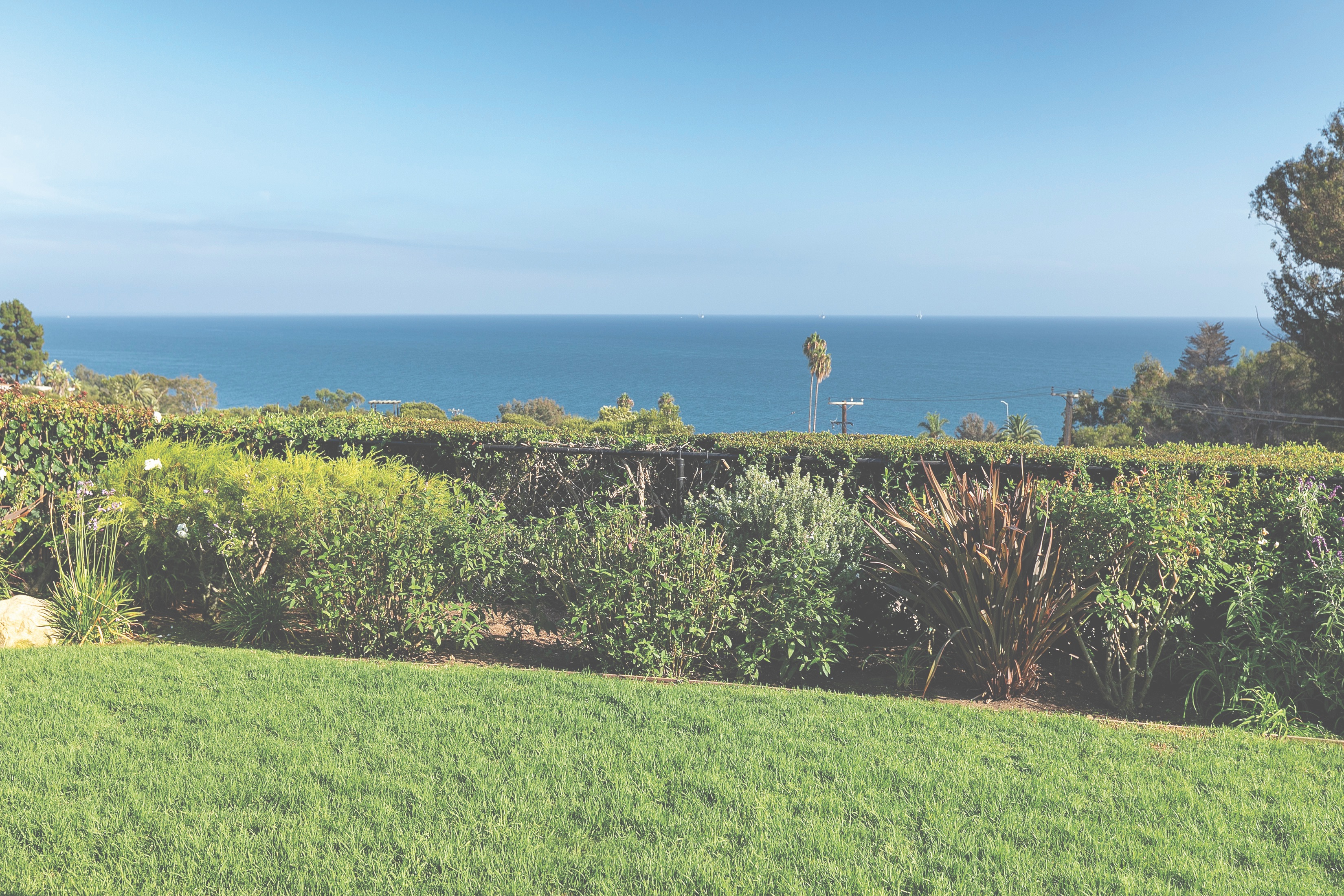Santa Barbara County Moves Closer to Retail Cannabis in Summerland Area
Supervisors Approve Scoresheets for Rating Applicants as Community Voices Concern

Santa Barbara County inched closer toward finding the right pot-shop fit for the Summerland area on Tuesday amid dozens of residents bashing the future retailer, regardless of the applicant.
Though the Board of Supervisors is not involved in the review nor selection process of storefront applicants, it approved the criteria-based scoresheets for rating and selecting the applicants at the Tuesday hearing. The supervisors approved the two scoresheets 4-1 with a few additional tweaks. Fourth District Supervisor Peter Adam motioned to give more weight to parking impact plans and less to odor control on the second scoring sheet.
First District Supervisor Das Williams also wanted to further alter the scoresheet and add more weight to the community involvement rating, but his motion didn’t gain traction with the other supervisors. The overwhelming majority of public commenters spoke out against a storefront in Summerland or Carpinteria’s Santa Claus Lane, claiming there isn’t enough community input in the process.
Get the top stories in your inbox by signing up for our daily newsletter, Indy Today.
“The placement of a retail cannabis store in Summerland will change its character forever,” said Mark Brickley, who has lived about a mile from Summerland for 25 years. “It will become a destination to buy drugs and not the family-oriented community it’s become.”
“I was a part of the discussion about dispensaries in Santa Barbara,” Williams said about those worried about increased crime. “There was a lot of public angst and public fear about that. But if you go down to the two Chapala locations, just blocks from here, you don’t see the criminal element. You don’t see it being an attractive nuisance. I do think there are some preconceptions that people have that are wrong.”
Williams said he advocates for dispensaries so that he can be a regulator, which is better than no government oversight at all.
“The way I view this is not whether or not there should be a dispensary in a community, but more whether or not there should be one dispensary in a community or every house is a defacto dispensary because of the dominance of delivery services on the market,” he said. Despite this, he was the only no vote on the scoresheets because he felt community involvement was not weighted enough on the forms.
Other supervisors didn’t necessarily feel that the public was being slighted. The county code says there can be one retail storefront in each of the unincorporated parts of the county, including the Summerland area, which Carpinteria’s Santa Claus Lane has been folded into. Public meetings were conducted for all areas, and public comments were collected in the meetings via phone and letters, as well as through a community survey on the county website, before the scoresheets were completed.
The survey results showed that 28 percent of responding residents believe Santa Claus Lane is an inappropriate location for a store; 21 percent have safety concerns; 17 percent are concerned about additional traffic and parking issues; 12 percent have odor concerns; 11 percent worry that it may drive up commercial rent prices; and 11 have issues with the exterior design.
“I guess it wasn’t a big shock that the majority of people who called in were opposed; one of the sentiments that we heard was that there wasn’t enough community input,” said 5th District Supervisor Steve Lavagnino. “I want to remind people of another survey that was done in Summerland; it was called Prop. 64,” he said in reference to the Adult Use of Marijuana Act that passed in 2016. “That was an 88.25 percent voter turnout… So I like the plan that we have.”
With the scoresheets approved, Assistant County Executive Officer Barney Melekian explained that applicants must score a minimum of 85 percent on the first form that scores business operations. He described that form as technical and meant for determining if an applicant is in compliance with cannabis laws or not. If passed, they move on to the second scoresheet that assesses neighborhood compatibility. This step is where community concerns come into play.
The approved neighborhood compatibility form assesses applicants based on the following categories: 35 percent of the score is based on community involvement; 20 percent is based on site visits, 15 percent on its neighborhood design compatibility plan; 15 percent for its on-site parking plan; 5 percent for an odor-control plan; and 5 percent for a customer-education plan.
The business applications will be scored by a third-party consultant, and county staff will rate those that pass through onto the neighborhood compatibility form before finally selecting the highest-ranking applicant in each area to submit an application for a land-use entitlement with the Planning and Development Department.
“We have three objectives in regard to [the second scoresheet],” Melekian said. “The project that is selected will fit seamlessly into the neighborhood; second, it addresses community concerns that are raised throughout the process; and third, to maximize the benefit to the broader community.”
Every day, the staff of the Santa Barbara Independent works hard to sort out truth from rumor and keep you informed of what’s happening across the entire Santa Barbara community. Now there’s a way to directly enable these efforts. Support the Independent by making a direct contribution or with a subscription to Indy+.



